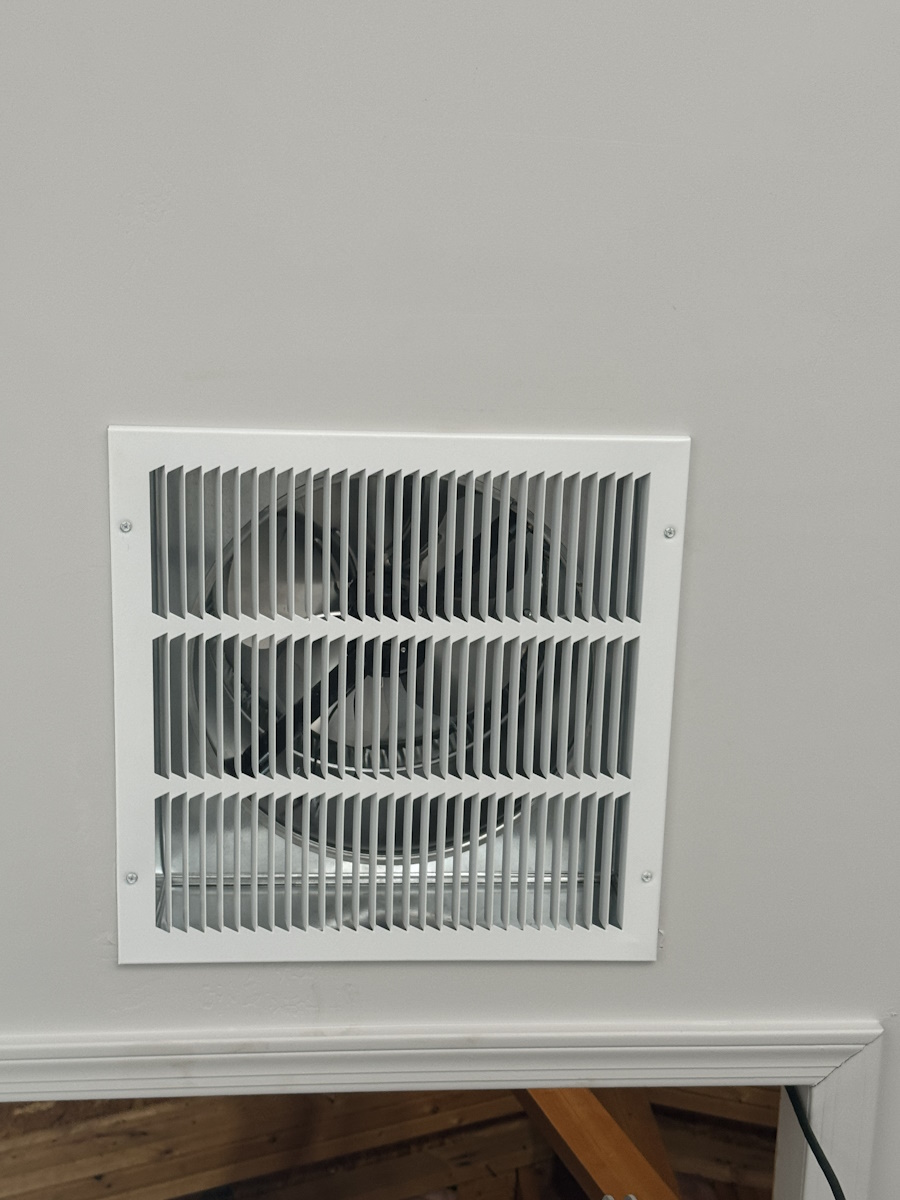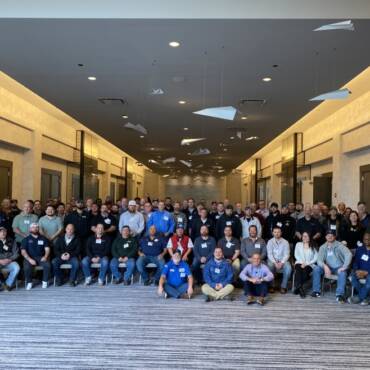It seems like basic knowledge: Attics and garages are hot in the summer and cold in the winter.
They’re adjacent to the house. They impact its thermal load — and the homeowner’s energy bills. But they are not conditioned, and most HVAC contractors don’t touch them at all.
Nathan deNight, owner of Cool My Garage and an HVAC installation director at Arizona-based Parker & Sons, thinks that’s an industry-wide blind spot. He calls it a “thermal dead zone.”
“It’s the silent heat trap next to every kitchen, living room, or bedroom — stealing comfort and jacking up energy bills,” he said.
The issue starts with home construction.
“Most garages and attics are not insulated, or barely insulated, so they absorb and retain heat from the sun all day long,” deNight said. In attics, heat transfers directly from the roof to the space below. In garages, he said, bare drywall, uninsulated walls, and metal garage doors let heat pour in with no barrier to block it.
Then there’s the lack of ventilation.
EASY INSTALL: The GF14 is designed to be installed by everyone from DIYers to HVAC professionals, who could offer it as an add-on sale during home visits. (Courtesy of Cool My Garage)
“Garages and attics typically have little to no airflow, which means hot air has nowhere to go,” he said. “Heat rises and gets stuck in attics, and in garages, sealed doors and windows just trap that heat.” On top of that, garages house a lot of machines that throw off extra heat — think driving in a hot car, running an EV charger or an extra fridge, or putting away a hot lawnmower after mowing the yard on a summer day.
“During summer months, these spaces can reach upwards of 120°F, radiating heat into adjacent living areas, damaging tools, stored items, and even impacting the longevity of your HVAC system by increasing workload,” deNight said. It makes the a/c run harder and longer, too, as well as causing appliances in the garage to work harder themselves.
Garage Fan
Most garages don’t have HVAC — and most building codes prohibit garages from being tied into a home’s central HVAC system because of the risk of pulling car or chemical fumes into the house. Still, in the case of an attached garage, it’s directly adjacent to a conditioned living space, and it does affect the home’s thermal load.
DeNight has a simple solution: Add a fan. He calls it “plug-and-play ventilation.” Cool My Garage’s flagship product, the GF-14 Garage & Attic Ventilation Fan, is a pressure-based solution designed to draw cooler fresh air from outside, through the garage, into the attic, then push the trapped, superheated air out of the attic or gable vents. It mounts to the garage ceiling, runs on 60 watts, has an adjustable thermostat, and includes a fire-rated damper to meet code in all 50 states. There’s no ductwork, no retrofitting, and it’s independent from the rest of the home’s heating and cooling setup. Product specs say it will cool garages by 20° and attics by 40°.
The fan helps lower the thermal load on the home’s livable space and reduce the a/c runtime, particularly in the late afternoon and early evening, and it will “absolutely” reduce cooling costs, deNight said. Most homeowners can expect a 5-15% reduction in their cooling energy bills during peak summer months, he said, although the actual savings vary depending on the home’s insulation, attic ventilation setup, and how the homeowner runs their a/c.

PLUG AND PLAY: Adding ventilation, like this attic/garage fan from Cool My Garage, to an attached garage can reduce home cooling bills 5-15%, according to the company, because the fan lowers the thermal load on the home’s livable space. (Courtesy of Cool My Garage)
Like other garage fans on the market, the GF-14 is designed to be installed by everyone from DIYers to HVAC professionals, who could easily offer it as an add-on sale during home visits — similar to what the industry does with IAQ equipment, filters, a smart thermostat, or a smart doorbell.
The Air Quality Argument
Another reason for ventilating the garage? Keeping toxins out of the house.
“The typical garage has a lot of bad stuff in it,” wrote Allison Bailes III, PhD, founder and owner of Energy Vanguard in Decatur, Georgia, and the author of the Energy Vanguard Blog, in an ACCA blog post. “The odds are high that the indoor air quality is worse in a home with an attached garage than in a home without one.”
Ventilation, he said, is a great way to address that — after getting rid of all that really nasty, toxic stuff that’s off-gassing into the garage in the first place, or at least moving it to a shed that’s not attached to the house.
“With an exhaust fan in the garage, you can do two things to improve your indoor air quality,” Bailes said. “First, when the fan runs, it removes pollutants from the garage air and sends them outdoors. Second, the exhaust fan puts the garage under a negative pressure. That way, when you open the door between the garage and the house, air is more likely to flow from the house to the garage rather than from the garage to the house.”
He suggests using a controller, like AirCycler’s GarageVent, that turns on the exhaust fan either at a certain temperature or whenever a door to the garage is opened.
A Portable Option
If a homeowner is really serious about cooling their garage — for example, if they use it as a workshop and want cool air blowing — it could be worth recommending a small swamp cooler.
“Fans don’t actually do any cooling. Fans just move around air,” pointed out portable a/c manufacturer Portacool in a post on their site. “Cool air moving over your skin can help your body lose heat. … But this doesn’t necessarily help you in the garage. If you’re wearing coveralls, you won’t have much skin exposed to the moving air to allow you to cool off with a fan. Sweating also works less when you’re covered with oil and grease. The water just can’t evaporate very well.”
An evaporative cooler uses the same principle as sweating: It evaporates water — so the occupant doesn’t have to. Like the overhead fan, it operates independently from the rest of the home’s HVAC, and can be wheeled in and turned on as needed.
“Now, instead of drawing in 95° or 100°F air from outside, you’re dropping the air temperature to a cool 72° to 76°F,” Portacool explained. “That makes all the difference for your garage. That air is cool enough to help you feel comfortable even in coveralls, and you don’t have to sweat ridiculously to stay comfortable.”
Whether you require installation, repair, or maintenance, our technicians will assist you with top-quality service at any time of the day or night. Take comfort in knowing your indoor air quality is the best it can be with MOE heating & cooling services Ontario's solution for heating, air conditioning, and ventilation that’s cooler than the rest.
Contact us to schedule a visit. Our qualified team of technicians, are always ready to help you and guide you for heating and cooling issues. Weather you want to replace an old furnace or install a brand new air conditioner, we are here to help you. Our main office is at Kitchener but we can service most of Ontario's cities
Source link



